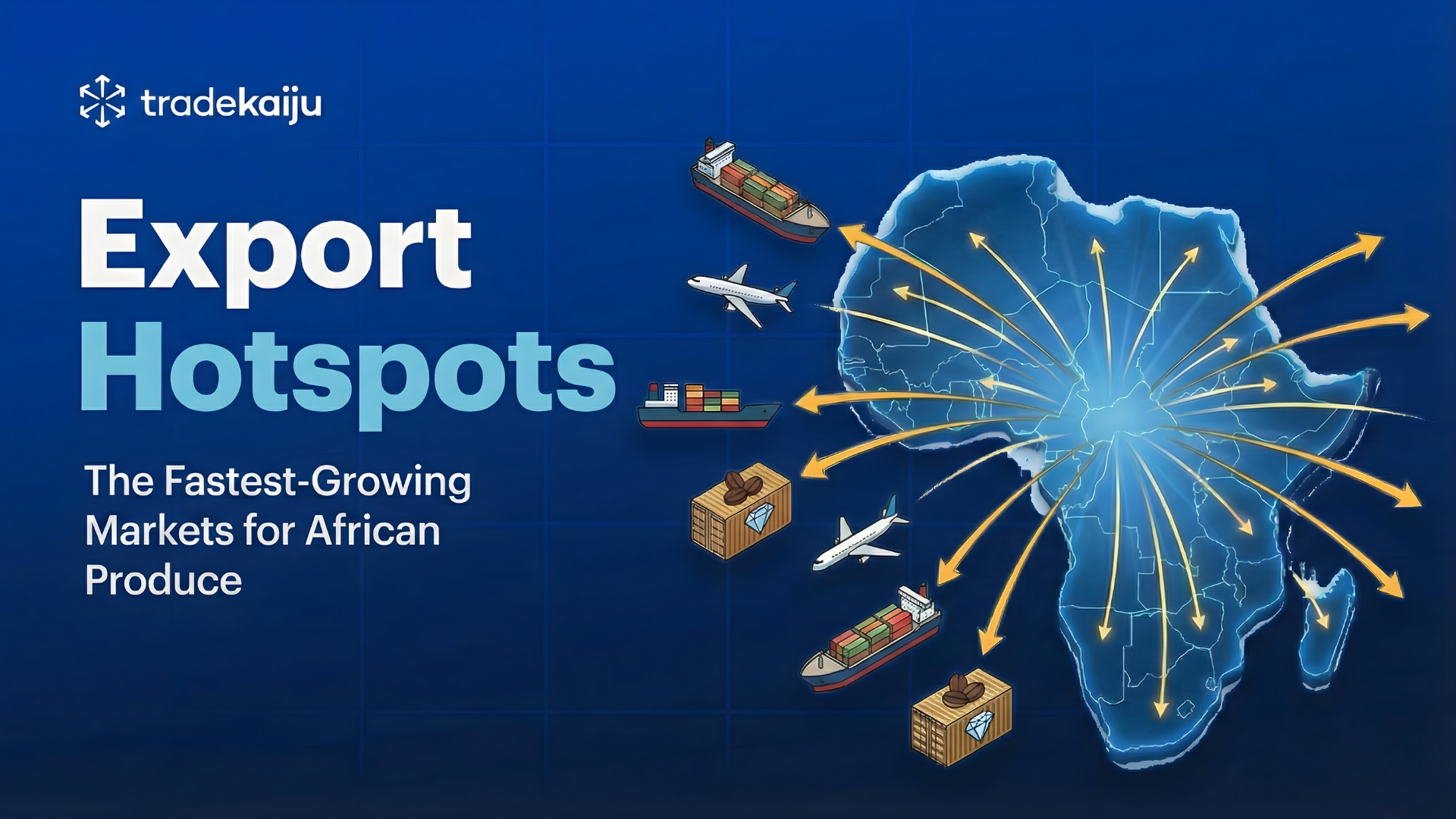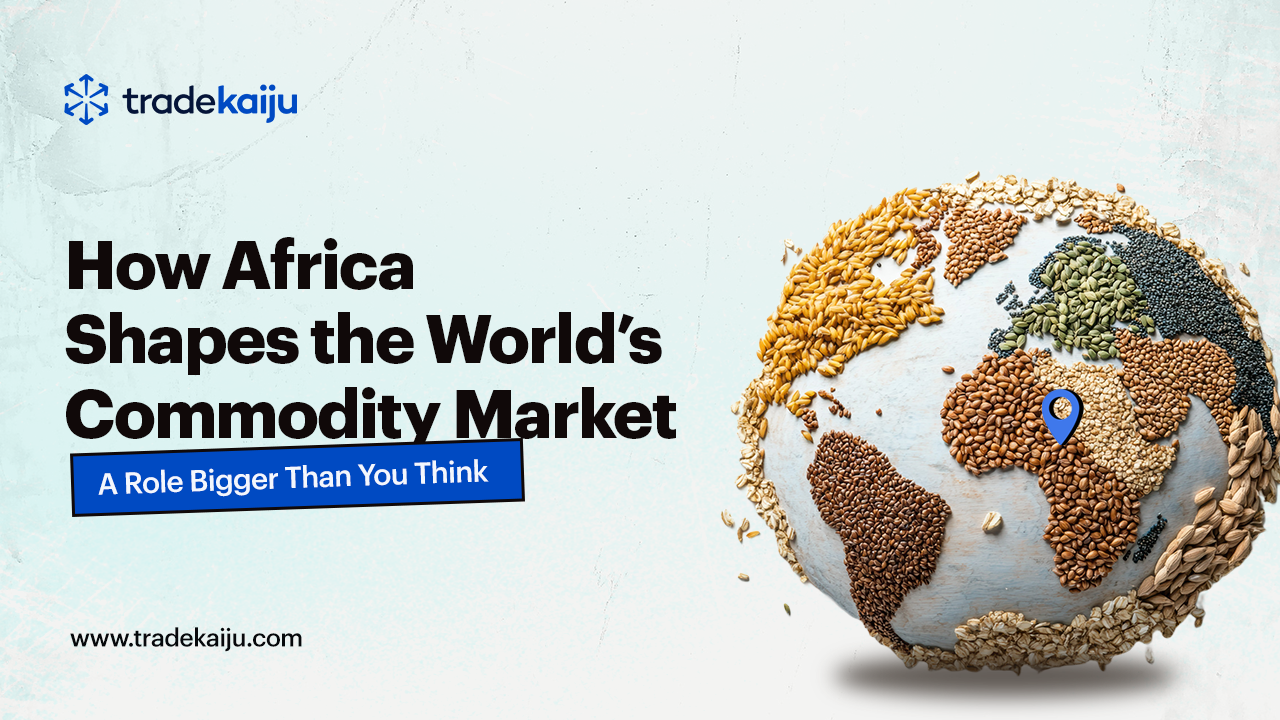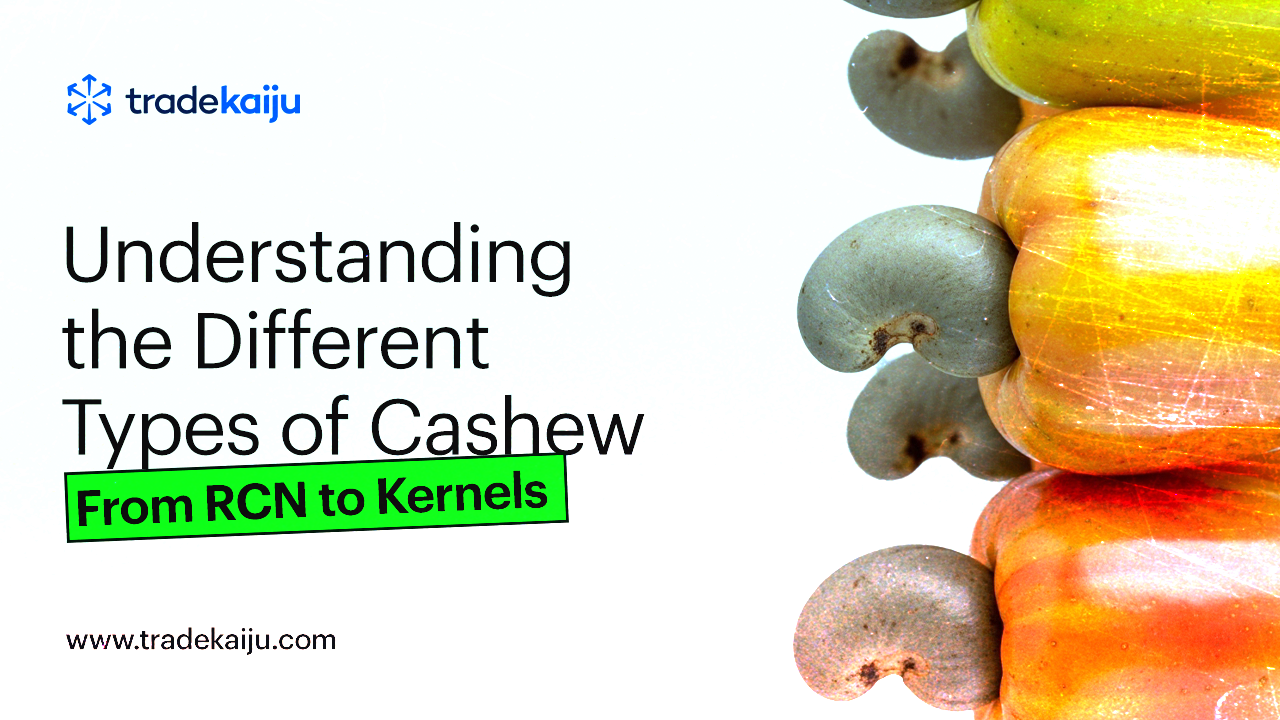HOW TO MONITOR MARKET CONDITIONS : KEY STRATEGIES TO STAY AHEAD
Date Posted: 2024-07-03 19:15:44

In the fast-paced world of agriculture and trading, staying informed about market conditions is important for making smart business decisions. These market conditions refer to the various factors and elements that influence the behavior of buyers and sellers in the market. They include: Economic Indicators: Metrics such as GDP growth, inflation rates, employment data, and interest rates that reflect the overall health and performance of the economy. Political Events: Activities such as elections, changes in government policies, trade agreements, and regulations that can impact market stability and trade dynamics. Weather Patterns and Natural Disasters: Climate conditions and natural events like droughts, floods, and hurricanes that can affect agricultural production and supply chains. Commodity Prices: The current and historical prices of key commodities, whether it fluctuates or remains static. Consumer Trends: Shifts in consumer preferences and behaviors that affect demand for certain products, such as an increasing preference for organically produced goods. Technological Advancements: Innovations in agricultural technology that can impact productivity, costs, and market competitiveness. Market Sentiment: The overall attitude and outlook of traders and investors, often influenced by news, reports, and speculation. Industry Reports and Analysis: Insights from market research, industry reports, and expert analyses that provide deeper understanding and forecasts of market trends. Whether you've been in the trade industry or just starting out, understanding these factors that influence market dynamics can give you a competitive edge. Here's a guide on how to effectively monitor these market conditions. Economic indicators are essential tools for gauging the overall health of the market. Key indicators such as changes in GDP, inflation, and interest rates can influence the demand for and price of agricultural commodities, impacting trade patterns. Here are some key indicators to watch: Gross Domestic Product (GDP): A growing GDP often signals a healthy economy, which can boost consumer spending and demand for agricultural products. Inflation Rates: High inflation can reduce purchasing power, affecting both local and international demand. Interest Rates: Central bank policies on interest rates can impact borrowing costs and investment in the agriculture sector. Political events can significantly influence market conditions. Events such as elections, trade agreements and policy changes, and even government regulations can impact cross-border trade, affect currency exchange rates, alter the competitive landscape and impact the cost and accessibility of exporting and importing goods. Elections and Political Stability: Elections can lead to changes in policies that affect trade agreements, subsidies, and regulations. Trade Policies and Tariffs: Changes in trade policies, tariffs, and trade agreements can alter the competitive landscape and impact the cost and accessibility of exporting and importing goods. Government Regulations: New regulations or changes to existing ones can affect production practices, environmental standards, and market access. Agriculture is highly dependent on weather conditions. Monitoring weather patterns and natural disasters is essential: Climate Reports: Regular updates on weather conditions can help predict crop yields and potential shortages. Natural Disasters: Events like floods, droughts, and hurricanes can disrupt supply chains and cause unexpected shift in the market, thereby impacting market prices.1. Track Economic Indicators
2. Monitor Political Events
3. Stay Updated on Weather Patterns and Natural Disasters
4. Analyze Market Trends
Understanding broader market trends can provide insights into future market conditions:
Commodity Prices: Regularly check the prices of key commodities. Fluctuations can indicate changes in supply and demand dynamics.
Consumer Trends: Stay informed about shifts in consumer preferences, such as the growing demand for organic or sustainably produced goods.
Technological Advancements: Innovations in agricultural technology can impact productivity, costs, and market competition.
5. Leverage Market Research and Reports
Utilize market research and reports to gain deeper insights:
Industry Reports: Regularly read industry reports from reputable sources to stay informed about market developments and forecasts.
Analyst Opinions: Follow expert analyses and opinions to understand different perspectives on market conditions.
Market Sentiment: Shifts in investor confidence, speculation, and overall market sentiment can influence demand for agricultural commodities, leading to changes in trade volumes. It is important to pay attention to market sentiment indicators, such as trader confidence and market speculation, to gauge potential market movements.
6. Utilize Digital Tools and Platforms
Modern technology offers various tools to help monitor market conditions:
Trading Platforms: Use trading platforms like Tradekaiju, that provide real-time data, news, and analytics.
Mobile Apps: Download apps that offer updates on economic indicators, political events, and commodity prices.
Social Media: Follow industry leaders and news outlets on social media for timely updates and insights.
In conclusion, monitoring market trends requires a comprehensive approach, comprising of a wide range of factors that impact the industry. By staying abreast of economic indicators, political events, weather patterns, market sentiment, as well as leveraging the latest tools and technology, you can stay ahead of the curve and make well informed decisions that will enhance your trading strategies and business growth. Always remember that, the future of trading may be uncertain, but with the right knowledge and strategy, you can position yourself for success.
Similar Blog Posts

Africa’s agricultural sector is on the rise, and so is global demand for its produce. As the continent continues to bu

Africa isn’t just a participant in the global commodity market, it’s a driver. The continent holds: 30% of the worl

Cashew is one of Africa’s most valuable export crops, yet many people (especially new traders) don’t fully understan